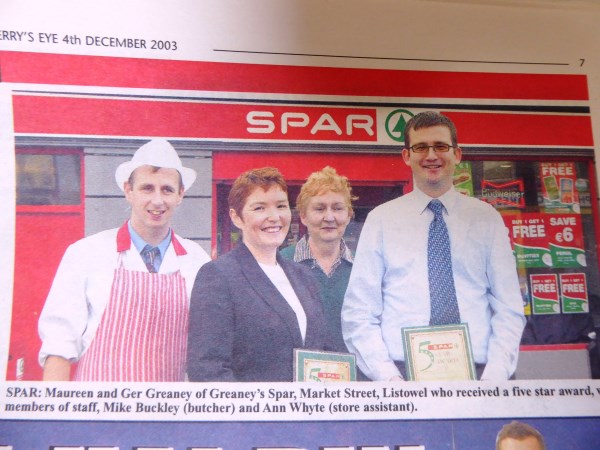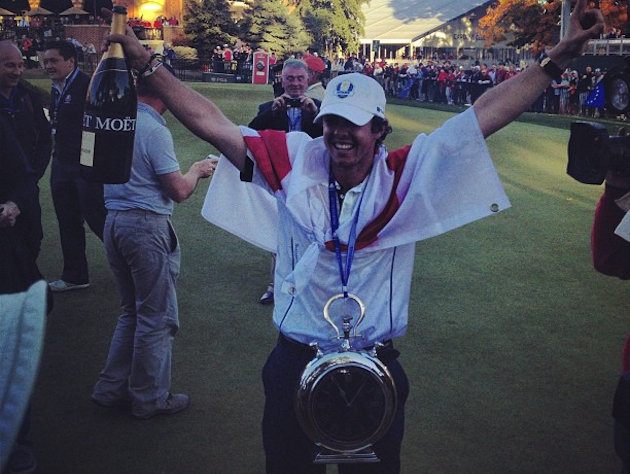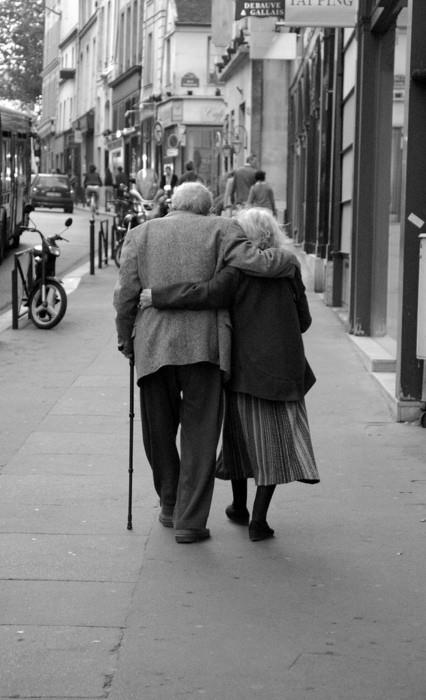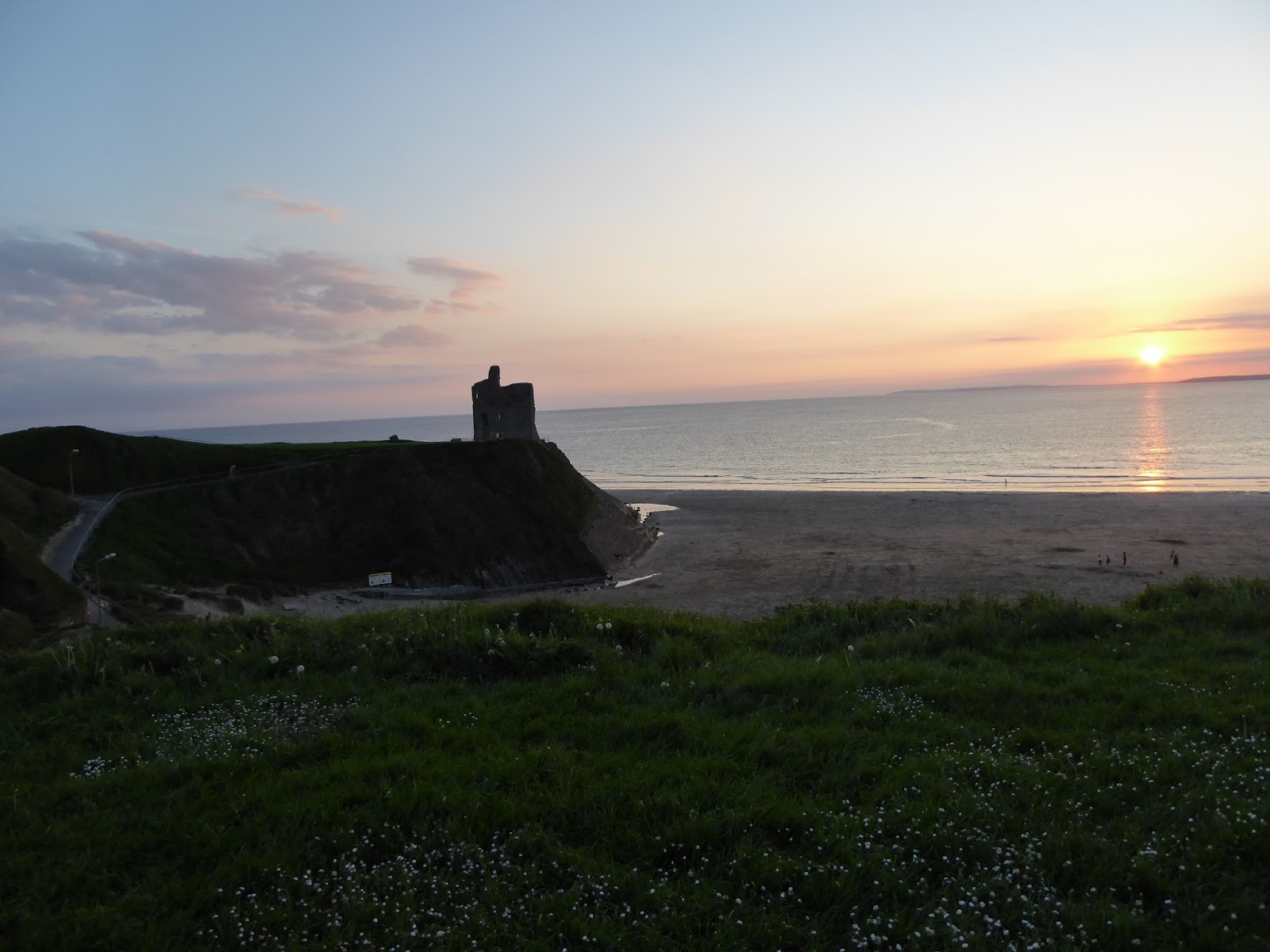
Sunset in Ballybunion May 14 2016
<<<<<
The Rose Hotel, Fels Point
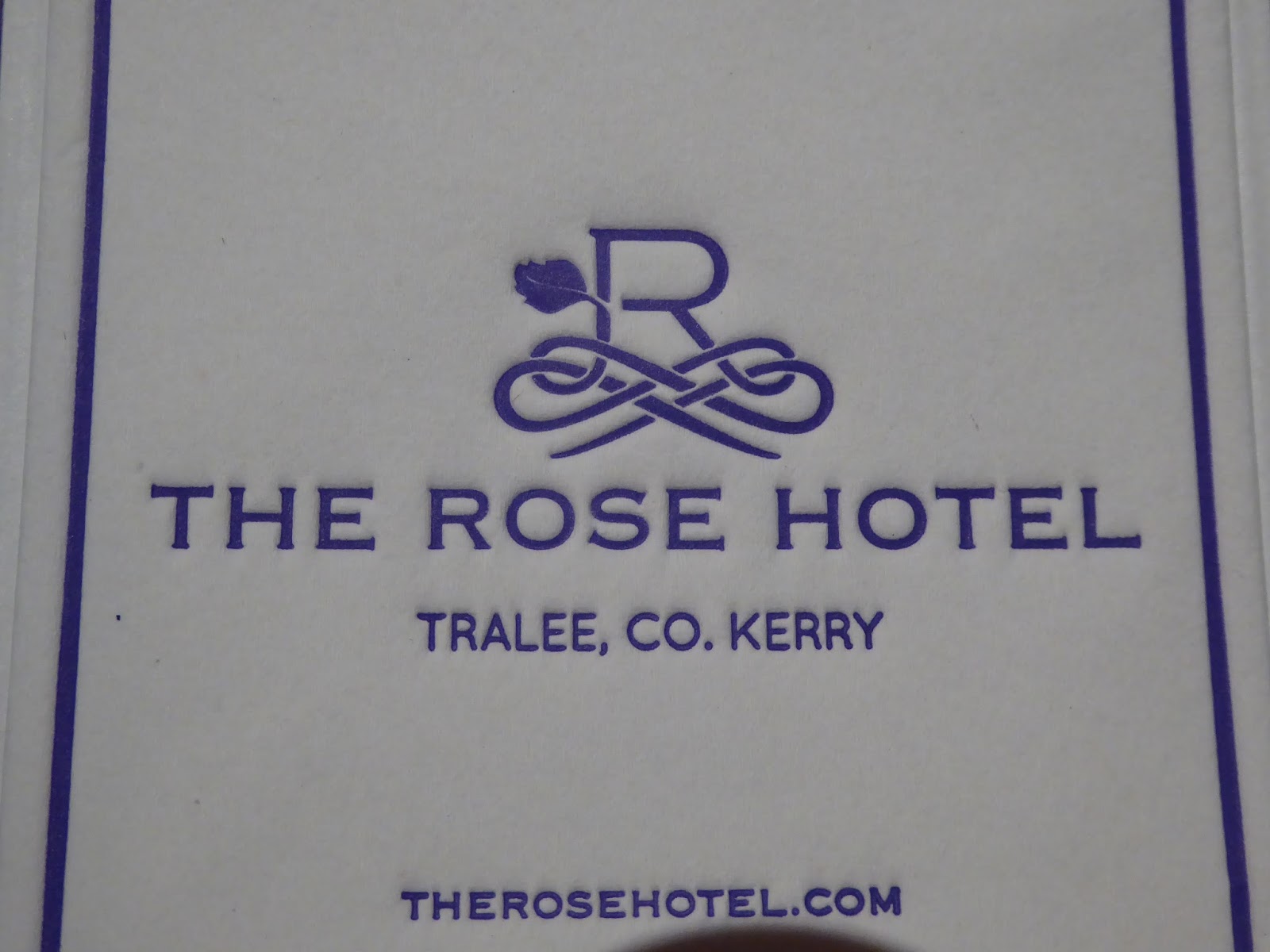
I was dying to see how this hotel looked after its recent refurbishment. It is the new home of The Rose of Tralee Festival. It lived up to the hype. It is sumptuously furnished with lots of comfy couches and armchairs, the loos are the first thing in luxury and the food in the newly extended dining room and bar was excellent and very good value for money. The young staff were very friendly and helpful. Any of them could audition for the job of Rose escort and I’d give him the gig. Yes, on the night I visited, they were all male.
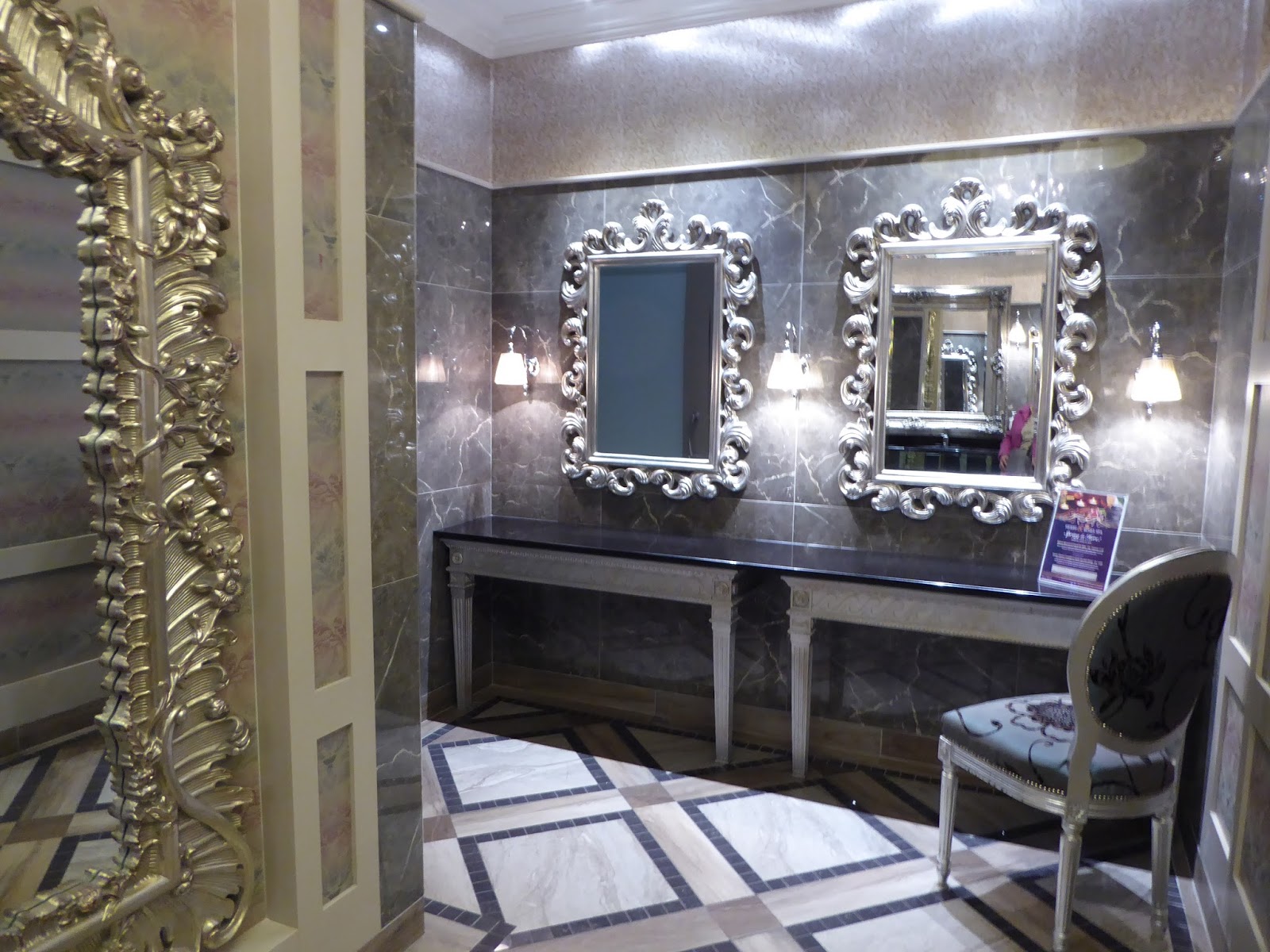

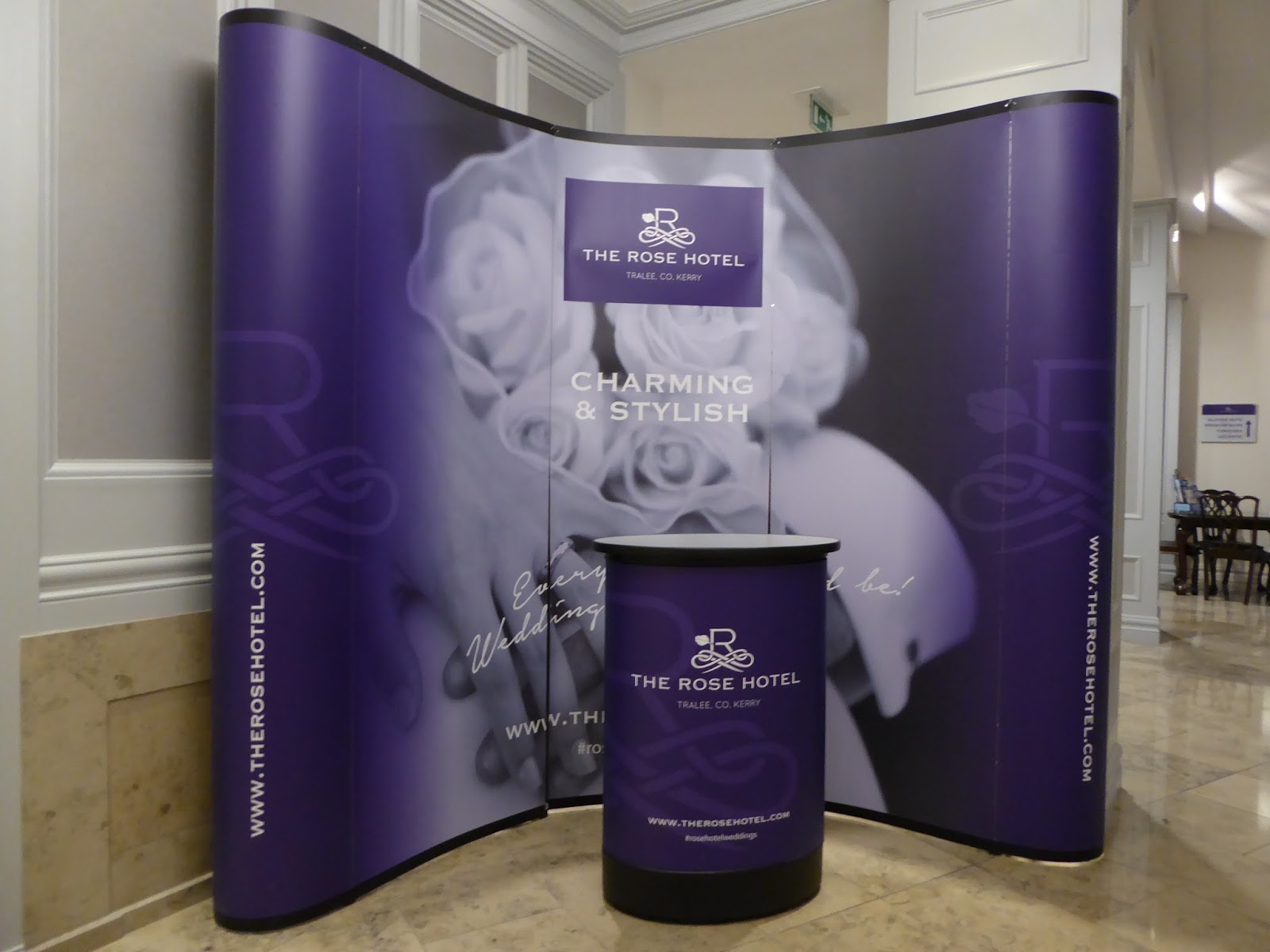
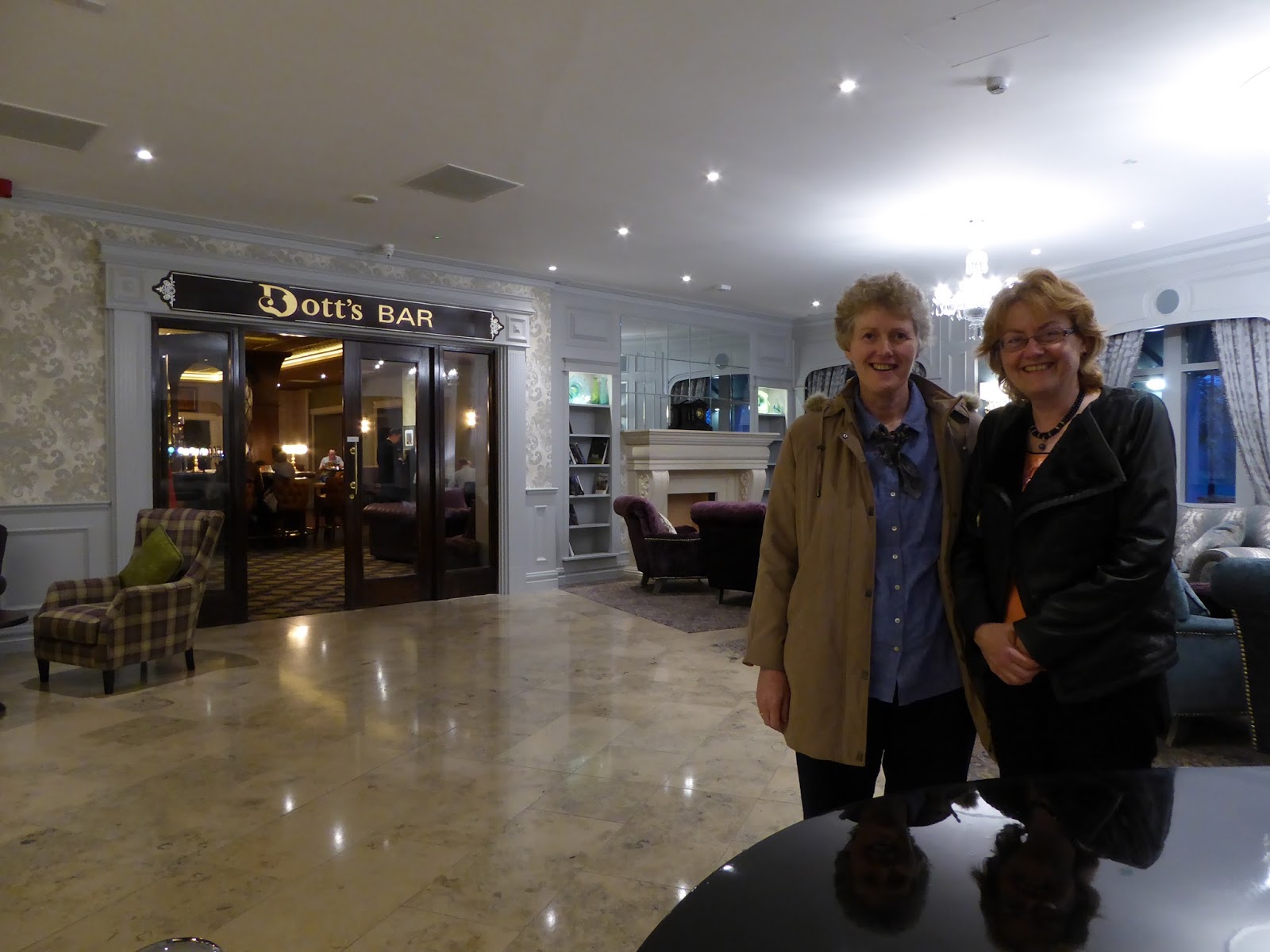
My friends, Mary Jo and Bridget, agreed to pose in the spacious bright foyer.
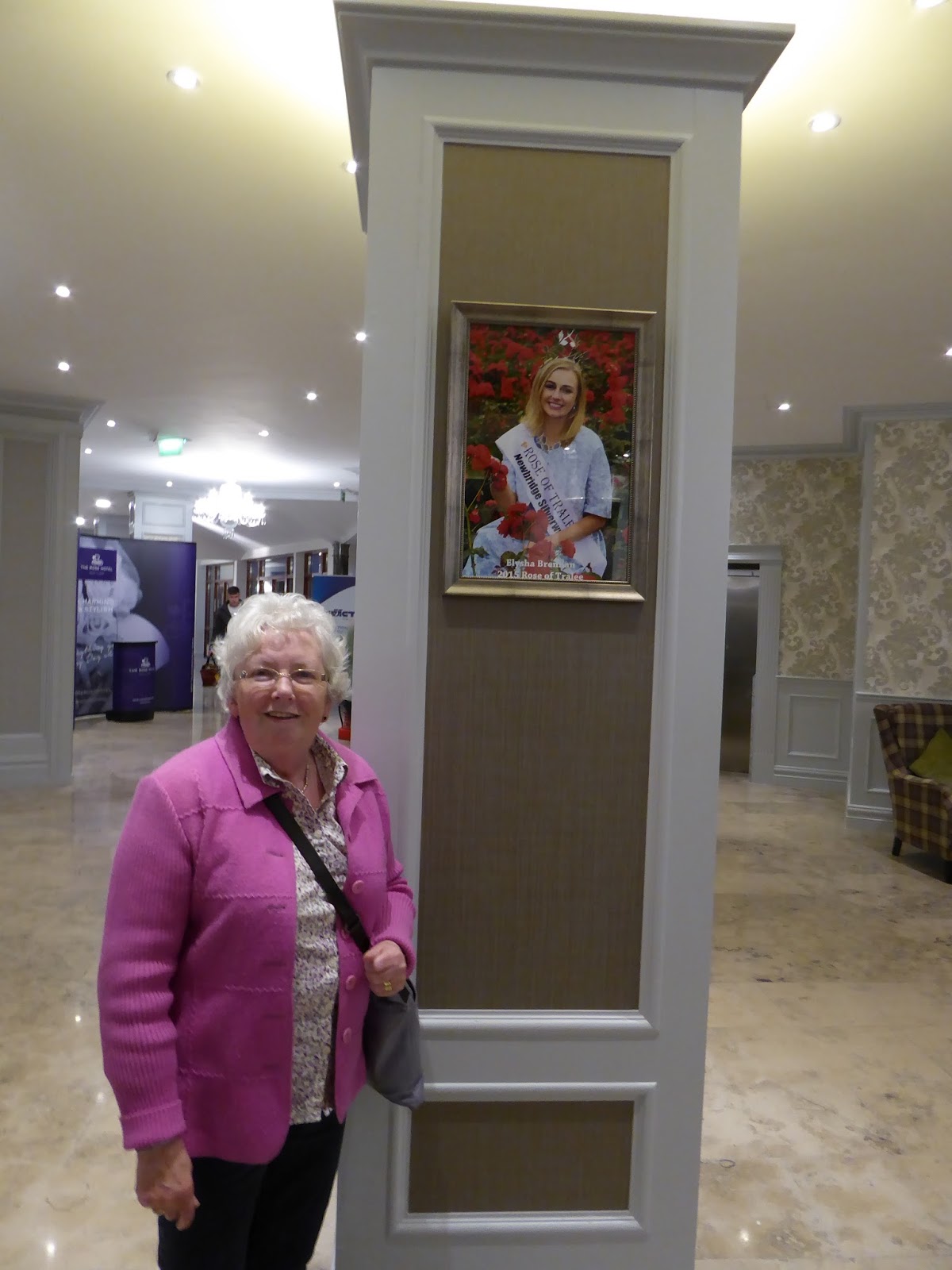
They made me pose beside the photograph of this year’s Rose.
<<<<<<
Treat in store for the Children

The National Children’s Literary Festival at Writers’ Week have a super programme planned for the first days of June.
Listowel children can be among the first to meet PJ Lynch as he takes up his new role as Laureate na nÓg.

photo: CBI
All the information and online booking is Here
<<<<<<<<
Ardfert remembers Casement

Ardfert school was represented at The Kingdom County Fair. They had on display a genuine gun recovered from the ill fated Aud. The pupils had designed a commemorative medal to celebrate the 1916 centenary.
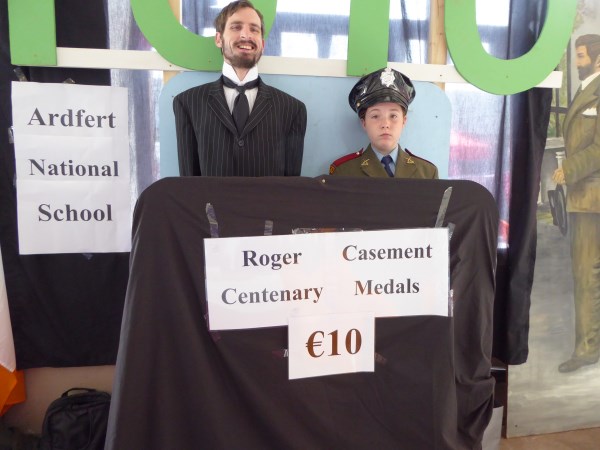
They had a “Casement” in the dock to promote their medals.
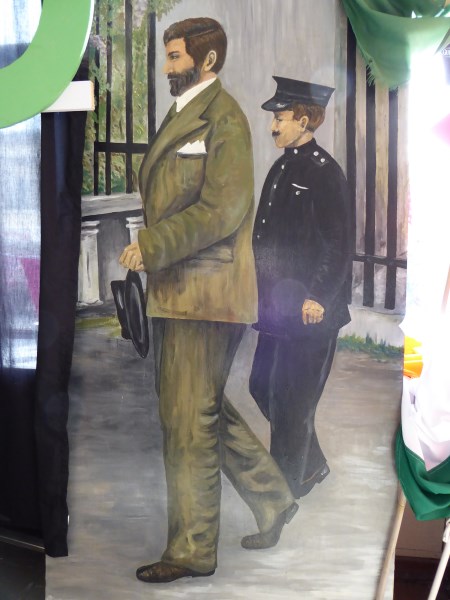
They brought along a mural which used to hang in a local pub.
<<<<<<<
Gardaí at the Fair
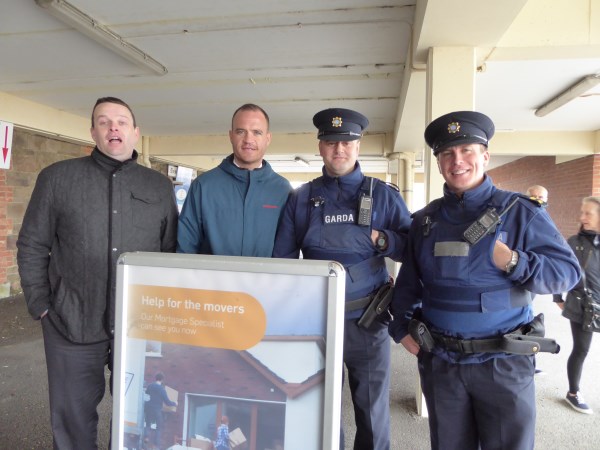
<<<<<<<<
Extract from a Letter to the Editor
Tralee Chronicle Friday, 09 August, 1861
DEAR SIR,— Having seen in one of your late papers the preliminary
notice for sale of the Duagh Estate, in this county, I send you a few
notes relative to the history of it, and or the family to which it
belongs, which may interest some of your readers.
This ancient estate was originally a portion of the lands granted by
M’Arthy, Prince of Desmond, to Raymond le Gros. I, shall not trace the
family of Raymond farther back than to say, that he was the son of
William Fitzgerald a Norman nobleman who lived in Wales, and whose
ancestors had come to England with William the Conqueror; under whom
they had acquired great military fame and large possessions. There is
a curious book in Trinity College, Dublin, Written by one Father O
Daly tracing this race back through the Dukes of Tuscany and all the
way to the Pius Eneas of Troy.— However, I shall be satisfied with a
more moderate pedigree and begin with the Invasion of Ireland.
Ireland was in an anomalous state at the time of this Invasion. While
it was the seat of much learning, and of the more refined arts. It was
also the haunt of savage customs, and revengeful habits. Like all
countries where feudal customs prevailed, knowledge belonged to the
few, great power to the chieftains; but the many were in. subjection
and ignorance. More widely beautiful than now, with Its waving
forests, wide-flowing rivers and spacious harbours, It was a bright
gem of the sea ; but torn up with domestic feuds and defective In its
political system, It was likely to become an easy prey to a powerful
Invader, well skilled in the military arts. Divided amongst a number
of petty chieftains, frequently at variance with each other, their
very animosity constituted a great part of the strength of the foe.
On Ireland in this state, Henry the Second, then Monarch of England,
cast his wily and ambitious eye, and soon found the pioneers of his
conquest in Norman adventurers, who were glad to get the opportunity
of relieving their broken fortunes or obtaining military glory and
large possessions by the Invasion of so fair a region.
At the head of these was Earl Pembroke, well known by the name of
Strongbow, and his General in Chief was Raymond, surnamed Ramond le
Gros, either from his corpulence, or, more probably from his massive
frame and strength- Le Gros in the Norman, answering to ? more in
Irish and big in English
Whatever the derivation of this nickname may be, Raymond seems to
have been well suited to the position in which he was placed and to
have combined the qualities of a noble disposition with those which
constitute the characteristic of a great General; for not only was he
famous for his Intrepidity, but he also possessed those, feelings of
humanity which ever accompany true courage.
A remarkable Instance of this was exhibited in the opposition given
by him to the cruel council of. Hervey M’ Maurice in the treatment of
the prisoners taken in a battle with the Irish, near Waterford
Raymond having landed with the thirty Knights, and bring joined by
Hervey M’Maurice with a small troop, they made up a hurried camp for
their defence. The citizens of Waterford, being troubled at their
contiguity to their city, attacked them with three thousand men,
headed some Irish Princes. The Normans made a sally[j1] out of their
little fort against their opponents, but, finding the multitude they
had to contend with, made a hasty retreat to their entrenchments.
Being too hotly, pressed by their pursuers, they turned on them, when
the powerful and daring Raymond thrust the first of his antagonists
through the body, and, shouting his war cry, made a furious onset
Inspired by the bravery of their leader, the little band fought with
such resolution that they put their enemies to flight, and, after
great carnage, took several of the chief citizens of Waterford
prisoners. A council of war being held on these, Raymond spoke in
their defence, and strongly recommended humane measures. They are not
to be looked on now,” said he, ” as foes, but as our fellow-men, but
as men who have been subdued, who have been vanquished, who have been
conquered. Their fate being adverse, In fighting for the defence Of
their country noble Indeed, was their occupation.” In vain, however,
was his counsel. That of Hervey who at that time possessed much power
and Influence, prevailed and seventy of the noblest citizens of
Waterford having their limbs first broken, were hurled from the rocks
into the sea……..
<<<<<<
A Blast from the Past
